Stablecoins are no longer just tools for trading pairs or liquidity bridges – they’ve become core infrastructure in crypto. Whether you’re navigating DeFi, sending payments, or parking funds during volatile markets, stablecoins like USDT, USDC, and DAI are everywhere.
But with adoption comes scrutiny. Global regulators are now stepping in – and the future of stablecoins is being redefined.
What Are Stablecoins?
Stablecoins are cryptocurrencies pegged to relatively stable assets, such as the US dollar or euro. There are three major types:
- Fiat-backed Stablecoins (e.g. USDT, USDC): collateralized with real-world assets like cash or treasury bills.
- Crypto-collateralized Stablecoins (e.g. DAI): backed by overcollateralized crypto assets.
- Algorithmic Stablecoins: rely on supply-control mechanisms to maintain price stability – often more volatile and risky.
Why Regulation Matters
Stablecoins operate at the crossroads of traditional finance and crypto. Unregulated stablecoins pose several key risks:
- Consumer Protection: Are reserves real and accessible? Can redemptions be honored?
- Systemic Risk: The Terra/LUNA collapse in 2022 showed how one failure can ripple through the entire market.
- Anti-Money Laundering: Unregulated stablecoins can be used anonymously – regulators want controls.
- Fair Competition: Stablecoin issuers may act like banks without following banking laws.
Global Regulatory Landscape
🔹 European Union (MiCA)
The Markets in Crypto-Assets Regulation (MiCA), coming into effect by 2024/2025, introduces strict guidelines:
- Differentiates between E-Money Tokens (like fiat-backed stablecoins) and Asset-Referenced Tokens.
- Requires capital reserves, whitepaper disclosures, and EU-based licensing.
- The European Banking Authority (EBA) will oversee major issuers.
🔹 United States
The US approach is still fragmented. Several regulators (SEC, CFTC, OCC) claim overlapping jurisdiction. A proposed framework would require stablecoin issuers to operate like regulated banks, particularly for fiat-backed tokens.
🔹 Asia
- Singapore: Risk-based, tech-friendly regulations with a focus on transparency.
- Japan: Legalizes stablecoins under strict banking oversight.
- China: Has banned stablecoins, opting for its own central bank digital currency (CBDC).
What This Means for Investors and Projects
- Trusted stablecoins (like USDC) may benefit from regulation and institutional use.
- Unregulated or offshore tokens (like USDT) could face delistings or tighter restrictions.
- DeFi protocols built on non-compliant stablecoins risk losing access or liquidity.
- Projects using stablecoins as collateral, payout currency, or investment vehicles must watch jurisdictional exposure closely.
Key Takeaways
Check Reserve Transparency: Look for audits, monthly reports, and attestation by trusted firms.
Watch for Licensing: Is the issuer regulated in a major jurisdiction?
Diversify Stablecoin Holdings: Don’t rely on just one stablecoin, especially if it’s offshore.
Track Legal Developments: Regulation moves fast – especially in the EU and US.
💡 RateEx42 Insight:
If you’re analyzing or investing in a crypto project that relies heavily on a specific stablecoin (for staking, liquidity, rewards, or collateral), evaluate the legal and regulatory status of that stablecoin – not just the project itself.



